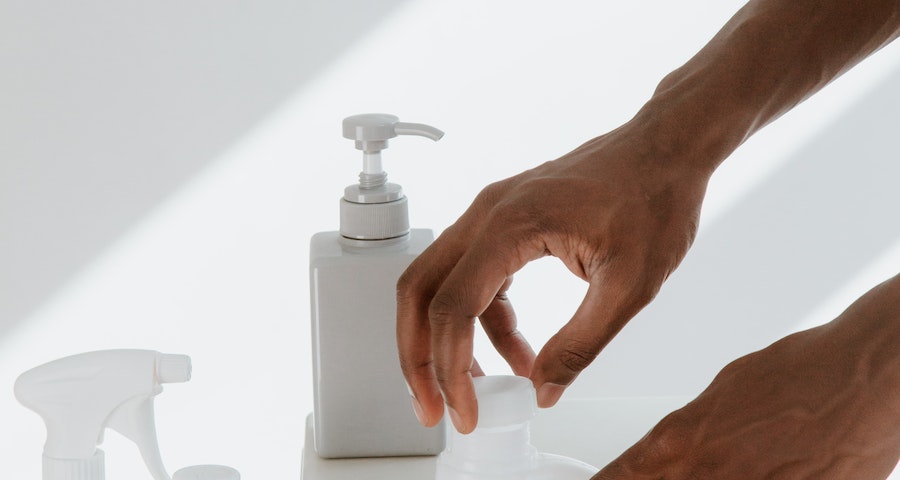
Painting your walls can be a daunting task, but with the right tools and technique, it can be done easily and efficiently. One of the latest innovations in the painting industry is the High Volume Low Pressure (HVLP) sprayer, which has taken painting to a whole new level. HVLP sprayers operate by using low pressure to deliver a fine mist that ensures every coat of paint is evenly applied. In this post, we will discuss how to operate a HVLP sprayer for your painting project.
Contents
Preparation
Before starting your painting project, it is essential to prepare your area to ensure you get the best possible finish. Cover all the floors and furniture, tape off all electrical outlets and fixtures, and ensure the walls are properly cleaned and sanded. Even a small particle can affect the final coat and waste your paint.
Diluting the paint
Different paint brands have different viscosity levels. It’s essential to check the label and package instructions to determine the right amount of paint to dilute. A rule of thumb is to dilute one part paint to three or four parts water or thinner. However, always use the manufacturer’s recommended dilution rate, as it varies by brand.
Adjust the spray gun
When spraying, adjusting the spray gun is vital to achieving the desired result. You’ll need to adjust the fan and fluid controls, which are usually located on either side of the spray gun. The fan control adjusts the size and shape of the fan pattern, while fluid control adjusts the amount of paint that is released into the sprayer. Start by testing on a scrap drywall or wood piece to get the desired pattern.
Spray the paint
When the paint is adequately diluted, and you’ve adjusted the sprayer to your desired pattern, it’s time to start spraying. Begin with light coats until you reach your desired depth, then allow each coat to dry completely before applying the next. HVLP sprayers apply thin layers, and it may take more coats to achieve the desired effect—start by spraying the edges or corners as they are the most challenging area.
Clean the sprayer
After you finish the painting project, it’s time to clean the sprayer. Start by emptying the leftover paint from the paint container. Then, clean the needle, nozzle, spray gun, and any other parts of the sprayer that may have been exposed to paint. It’s essential to clean the sprayer immediately to avoid the paint drying inside the gun, which can cause clogs.
Conclusion
Using a HVLP sprayer for painting projects can be a game-changer. With the right techniques and equipment, you can achieve a smooth and flawless finish that will make your walls look brand new. Remember to prepare the area, dilute the paint accurately, adjust the sprayer, apply light coats, and clean the sprayer after you finish. Follow these steps, and you’ll have a beautiful paint job in no time.
